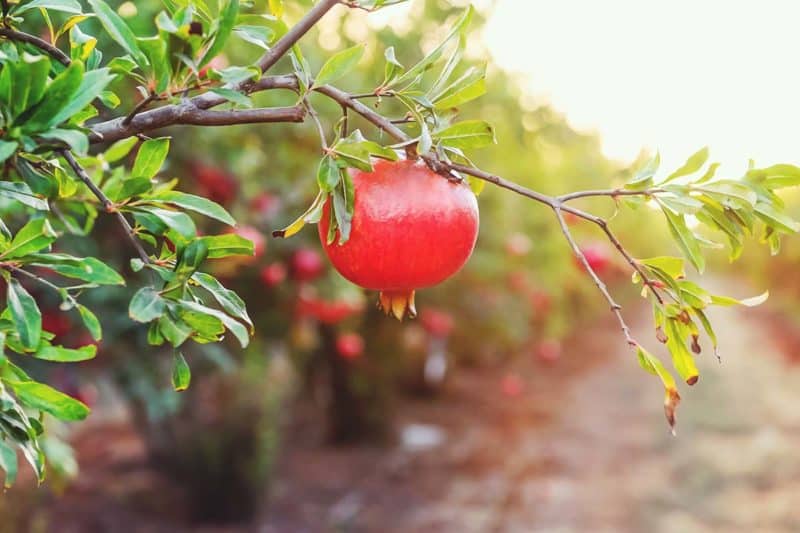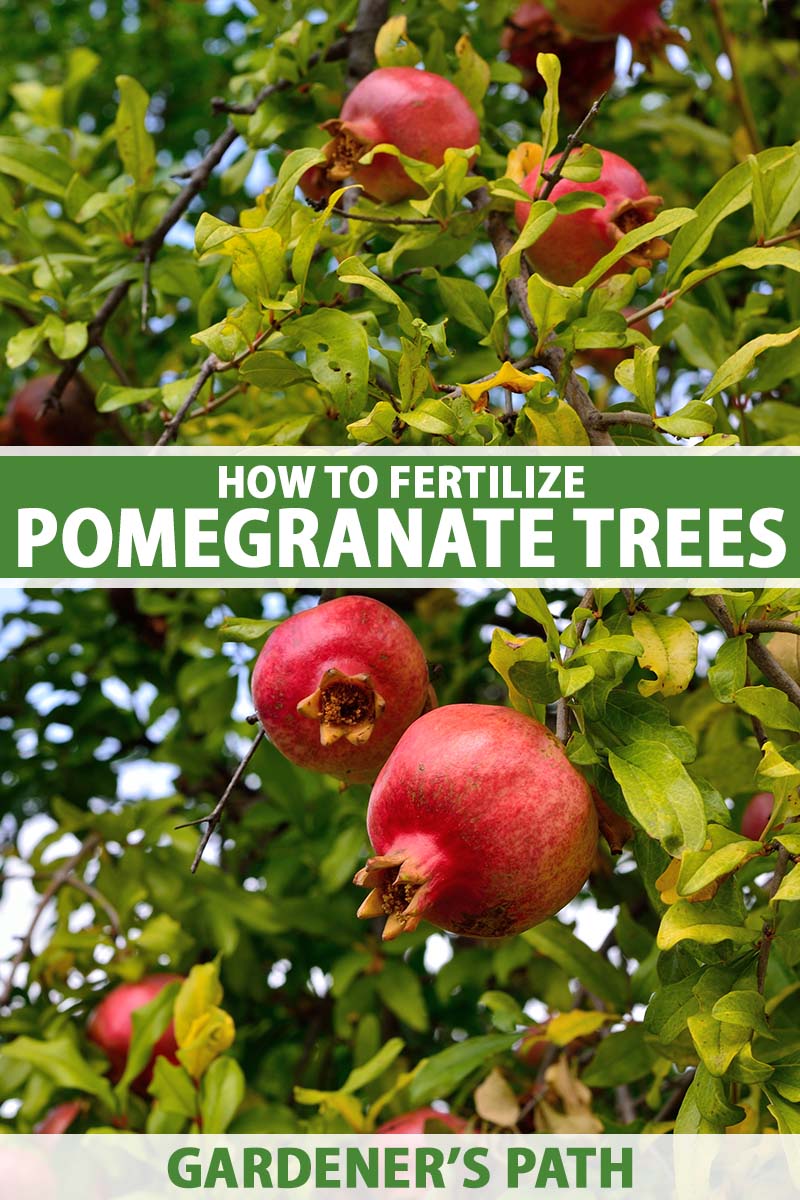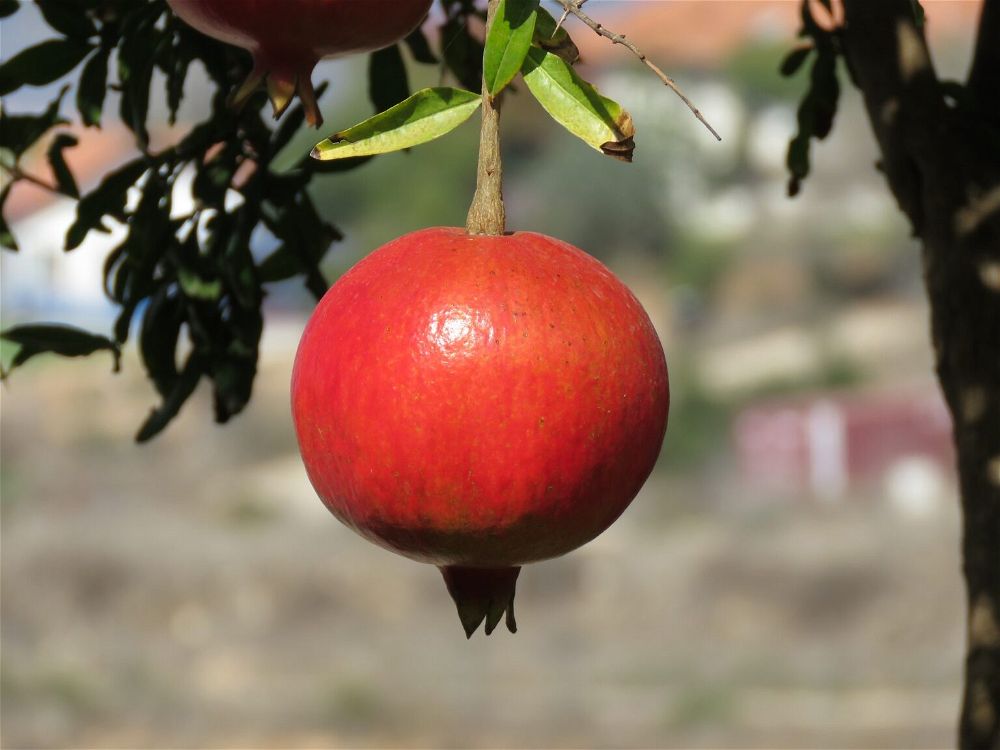Unlocking the Secrets of Pomegranate Tree Growth
Pomegranate trees are a rewarding and nutritious addition to any garden or orchard. With their drought tolerance and high antioxidant fruit, it’s no wonder why many gardeners and farmers are interested in learning how to grow pomegranate trees. Not only do pomegranate trees provide a bountiful harvest, but they also add a touch of elegance and beauty to any landscape. In this comprehensive guide, we will explore the ins and outs of growing pomegranate trees, from selecting the right variety to harvesting and enjoying the fruit.
One of the key benefits of growing pomegranate trees is their ability to thrive in a variety of conditions. Pomegranate trees are relatively low maintenance and can tolerate drought, heat, and poor soil. However, with proper care and attention, pomegranate trees can produce an abundance of delicious fruit. To get started, it’s essential to understand the basics of pomegranate tree growth and development.
Pomegranate trees are deciduous, meaning they shed their leaves annually. They typically grow between 12 to 20 feet tall and have a spread of around 10 to 15 feet. Pomegranate trees prefer full sun and well-draining soil, making them an ideal choice for gardeners with limited space. With the right conditions and care, pomegranate trees can produce fruit within the first two to three years after planting.
For those interested in learning how to grow pomegranate trees, it’s essential to understand the importance of proper care and maintenance. By following the tips and guidelines outlined in this article, gardeners and farmers can enjoy a bountiful harvest of delicious and nutritious pomegranates. Whether you’re a seasoned gardener or just starting out, growing pomegranate trees can be a fun and rewarding experience.
In the next section, we will explore the different types of pomegranate trees, including ‘Wonderful’, ‘Granada’, and ‘Fuyu’. We will discuss the characteristics of each variety, including their climate tolerance, fruit size, and flavor profile. By understanding the unique characteristics of each variety, gardeners and farmers can make informed decisions when selecting the best pomegranate tree for their specific needs and climate.
Choosing the Right Variety: Selecting the Best Pomegranate Tree for Your Climate
When it comes to growing pomegranate trees, selecting the right variety is crucial for success. With over 700 varieties to choose from, it can be overwhelming to decide which one is best for your climate and needs. In this section, we will explore three popular varieties of pomegranate trees: ‘Wonderful’, ‘Granada’, and ‘Fuyu’. By understanding the characteristics of each variety, you can make an informed decision when selecting the best pomegranate tree for your garden or orchard.
The ‘Wonderful’ variety is one of the most popular and widely grown pomegranate trees. It is known for its large, juicy fruit and high antioxidant content. ‘Wonderful’ pomegranate trees are also relatively drought-tolerant and can thrive in a variety of climates. However, they do require a slightly acidic soil pH and full sun to produce optimal fruit.
The ‘Granada’ variety is another popular choice for pomegranate tree growers. It is known for its sweet and tangy flavor, as well as its compact growth habit. ‘Granada’ pomegranate trees are well-suited for smaller gardens and can thrive in containers. They also require less water than other varieties, making them a great choice for water-conscious growers.
The ‘Fuyu’ variety is a popular choice for growers in cooler climates. It is known for its sweet and slightly tart flavor, as well as its ability to tolerate frost. ‘Fuyu’ pomegranate trees are also relatively low-maintenance and can thrive in a variety of soil types. However, they do require regular pruning to maintain their shape and promote fruiting.
When selecting a pomegranate tree variety, it’s essential to consider your climate, soil type, and desired level of maintenance. By choosing the right variety for your needs, you can ensure a bountiful harvest of delicious and nutritious pomegranates. In the next section, we will explore the importance of preparing the soil for pomegranate tree growth and provide tips on how to create an ideal environment for your trees.
Preparing the Soil: Creating an Ideal Environment for Pomegranate Tree Growth
When it comes to growing pomegranate trees, the soil is just as important as the tree itself. Pomegranate trees require well-draining soil with a slightly acidic pH to thrive. In this section, we will explore the importance of soil preparation and provide tips on how to create an ideal environment for your pomegranate tree.
Soil pH is a critical factor in pomegranate tree growth. Pomegranate trees prefer a slightly acidic soil pH, ranging from 6.0 to 7.0. If your soil pH is too high or too low, it can affect the tree’s ability to absorb nutrients. To test your soil pH, you can purchase a soil testing kit or send a sample to a laboratory for analysis.
In addition to pH, pomegranate trees also require well-draining soil. Pomegranate trees are susceptible to root rot, which can be caused by waterlogged soil. To improve soil drainage, you can add organic matter such as compost or manure. This will help to break up clay soils and improve the soil’s structure.
Another important factor in soil preparation is nutrient availability. Pomegranate trees require a balanced diet of nutrients to grow and produce fruit. You can add fertilizers to the soil to provide essential nutrients such as nitrogen, phosphorus, and potassium. However, be careful not to over-fertilize, as this can damage the tree.
To create an ideal environment for your pomegranate tree, follow these steps:
- Test your soil pH and adjust it if necessary.
- Add organic matter to improve soil drainage and structure.
- Provide a balanced diet of nutrients through fertilization.
- Avoid over-fertilizing, as this can damage the tree.
By following these steps, you can create an ideal environment for your pomegranate tree to grow and thrive. In the next section, we will explore the best practices for planting and watering your pomegranate tree.
Planting and Watering: Getting Your Pomegranate Tree Off to a Strong Start
Planting and watering are two of the most critical steps in growing a healthy and productive pomegranate tree. In this section, we will explore the best practices for planting and watering your pomegranate tree, including choosing the right location and providing consistent moisture.
When it comes to planting a pomegranate tree, location is everything. Pomegranate trees prefer full sun and well-draining soil, so choose a location that receives at least six hours of direct sunlight per day. Also, make sure the soil is well-draining and has a slightly acidic pH, as pomegranate trees are susceptible to root rot in waterlogged soil.
Once you have chosen the perfect location, it’s time to plant your pomegranate tree. Dig a hole that is twice as wide and just as deep as the tree’s root ball. Gently remove the tree from its container and place it in the hole, making sure the root flare (where the trunk flares out at the base of the tree) is level with the soil surface. Fill in the hole with soil, tamping it down gently as you go to prevent air pockets.
Watering is also crucial for newly planted pomegranate trees. Water your tree regularly, especially during the first year after planting. Aim to provide about one inch of water per week, either through rainfall or irrigation. However, be careful not to overwater, as this can lead to root rot and other problems.
Here are some additional tips for planting and watering your pomegranate tree:
- Plant your pomegranate tree in the early spring or fall, when the weather is cooler.
- Water your tree regularly, but avoid getting water on the trunk or leaves to prevent disease.
- Mulch around the base of the tree to retain moisture and suppress weeds.
- Monitor the tree’s water needs and adjust your watering schedule accordingly.
By following these tips, you can give your pomegranate tree the best possible start in life. In the next section, we will explore the importance of fertilization and pruning for pomegranate tree growth and fruit production.
Fertilization and Pruning: Supporting Healthy Growth and Fruit Production
Fertilization and pruning are two essential practices for supporting healthy growth and fruit production in pomegranate trees. In this section, we will explore the importance of regular fertilization and pruning, and provide tips on how to fertilize and prune your pomegranate tree for optimal growth and fruit production.
Fertilization is critical for pomegranate tree growth and fruit production. Pomegranate trees require a balanced diet of nutrients to produce healthy growth and fruit. A fertilizer with a balanced N-P-K ratio (nitrogen-phosphorus-potassium) is ideal for pomegranate trees. You can also add organic matter such as compost or manure to the soil to provide additional nutrients.
Pruning is also essential for pomegranate tree growth and fruit production. Pruning helps to promote a strong, upright growth habit, and encourages fruiting. Prune your pomegranate tree annually, removing any dead or diseased branches. You can also prune the tree to maintain its shape and size.
Here are some additional tips for fertilizing and pruning your pomegranate tree:
- Fertilize your pomegranate tree in the early spring, when the tree is dormant.
- Use a balanced fertilizer with a N-P-K ratio of 10-10-10.
- Add organic matter such as compost or manure to the soil to provide additional nutrients.
- Prune your pomegranate tree annually, removing any dead or diseased branches.
- Prune the tree to maintain its shape and size.
By following these tips, you can support healthy growth and fruit production in your pomegranate tree. In the next section, we will explore the importance of pest and disease management for pomegranate trees.
Pest and Disease Management: Protecting Your Pomegranate Tree from Common Threats
Pomegranate trees are susceptible to various pests and diseases that can impact their growth and fruit production. In this section, we will explore the common pests and diseases that can affect pomegranate trees, and provide tips on how to prevent and treat these issues using organic and integrated pest management techniques.
Aphids, whiteflies, and spider mites are common pests that can infest pomegranate trees. These pests can cause damage to the leaves and fruit, and can also transmit diseases. To prevent infestations, use neem oil or insecticidal soap to control aphids and whiteflies. For spider mites, use a miticide or introduce natural predators such as lady beetles or lacewings.
Root rot is a common disease that can affect pomegranate trees, especially in waterlogged soil. To prevent root rot, ensure that the soil drains well and avoid overwatering. If the tree is already infected, remove any affected roots and treat the tree with a fungicide.
Other diseases that can affect pomegranate trees include powdery mildew and leaf spot. To prevent these diseases, use a fungicide and ensure good air circulation around the tree. Remove any infected leaves or branches to prevent the disease from spreading.
Here are some additional tips for managing pests and diseases in pomegranate trees:
- Monitor your tree regularly for signs of pests or diseases.
- Use organic and integrated pest management techniques to minimize harm to the environment.
- Keep the area around the tree clean and free of debris to prevent pests and diseases from spreading.
- Use physical barriers such as fine mesh or fine netting to prevent pests from reaching the tree.
By following these tips, you can protect your pomegranate tree from common pests and diseases and ensure a healthy and productive harvest. In the next section, we will explore the importance of training and supporting pomegranate trees for optimal growth.
Training and Support: Shaping Your Pomegranate Tree for Optimal Growth
Training and supporting pomegranate trees is crucial for promoting a strong, upright growth habit and maximizing fruit production. In this section, we will explore the importance of training and supporting pomegranate trees, especially during the first few years after planting.
Pomegranate trees can grow quite large, up to 12 feet tall, so providing support is essential to keep them upright and promote a strong growth habit. One way to provide support is by using trellises or stakes. Trellises can be used to train the tree to grow upwards, while stakes can be used to provide additional support and keep the tree upright.
Pruning is also an important part of training and supporting pomegranate trees. Pruning helps to promote a strong, upright growth habit and encourages fruiting. Prune your pomegranate tree annually, removing any dead or diseased branches. You can also prune the tree to maintain its shape and size.
Here are some additional tips for training and supporting pomegranate trees:
- Use trellises or stakes to provide support and keep the tree upright.
- Prune the tree annually to promote a strong, upright growth habit and encourage fruiting.
- Remove any dead or diseased branches to prevent the spread of disease.
- Use twine or wire to tie the branches to the trellis or stake.
By following these tips, you can train and support your pomegranate tree to promote a strong, upright growth habit and maximize fruit production. In the next section, we will explore the rewards of growing your own pomegranate tree, including how to determine when pomegranates are ready to harvest and how to enjoy them.
Harvesting and Enjoying: The Rewards of Growing Your Own Pomegranate Tree
After months of care and attention, the moment of truth has finally arrived – it’s time to harvest your pomegranates In this section, we will explore how to determine when pomegranates are ready to harvest, and provide tips on how to enjoy them.
Pomegranates are typically ready to harvest in the fall, around September or October. To determine if your pomegranates are ready, check the color, size, and flavor of the fruit. A ripe pomegranate will be a deep red or pink color, and will be slightly soft to the touch. The flavor will be sweet and tart, with a hint of bitterness.
Once you have harvested your pomegranates, you can enjoy them in a variety of ways. One of the most popular ways to enjoy pomegranates is to eat them fresh, either on their own or as part of a salad or fruit platter. You can also use pomegranates in a variety of recipes, such as smoothies, juices, and baked goods.
Here are some additional tips for enjoying pomegranates:
- Store pomegranates in a cool, dry place to keep them fresh for up to 2 months.
- Use pomegranate juice as a natural dye for fabrics and other materials.
- Make pomegranate molasses by boiling down the juice and reducing it to a thick, syrupy consistency.
- Use pomegranate seeds as a garnish for salads, yogurt, and other dishes.
By following these tips, you can enjoy the rewards of growing your own pomegranate tree and experience the unique flavor and nutritional benefits of this amazing fruit.








:max_bytes(150000):strip_icc()/pomegranate-growing-tips-3269232-03-6d5e7c71e235486d95f19343f77f2281.jpg)